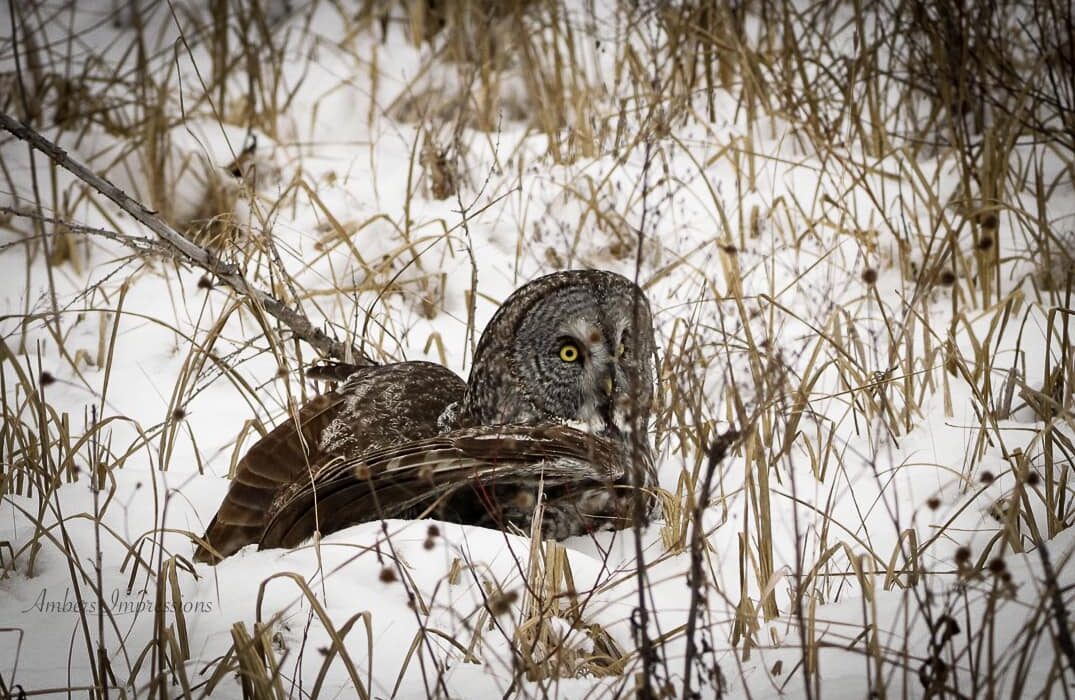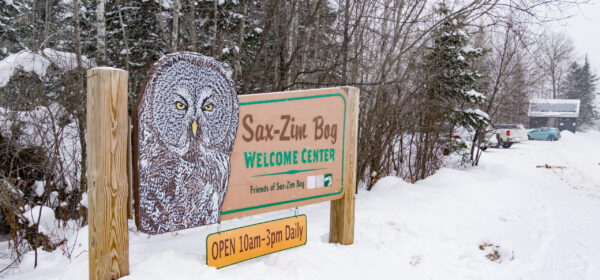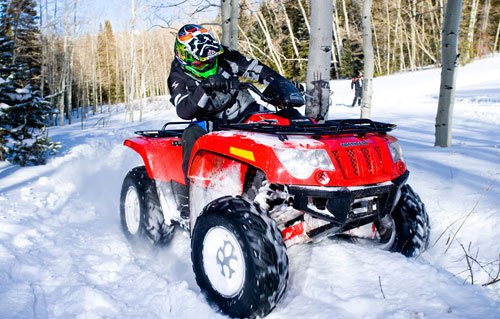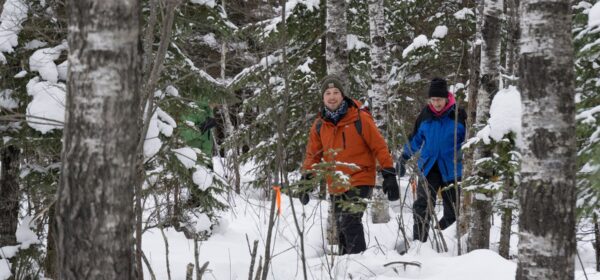How to Start Birding in Minnesota: A Complete Beginner’s Guide
Starting birding in Minnesota might seem overwhelming at first—after all, our state hosts over 400 species of birds throughout the year. But here’s the wonderful truth: anyone can become a birder, and you likely already have most of what you need to begin.
This guide will walk you through the simple steps to transform your casual bird observations into an enriching hobby, from your first backyard chickadee to the thrill of spotting a Great Gray Owl in the Sax-Zim Bog.
Getting Started: Your First Steps into Birding
The path to becoming a birder starts with understanding that anyone can do this rewarding hobby. You don’t need expert knowledge or expensive equipment to begin—just curiosity and patience. Many seasoned Minnesota birders started by simply watching birds at their backyard feeder or neighborhood park.
The first step can be to set up a basic feeding station at home. A simple platform feeder filled with black oil sunflower seeds will attract chickadees, nuthatches, and cardinals—perfect birds for learning basic identification skills. Add a suet feeder during our cold Minnesota winters, and you’ll draw in woodpeckers and other winter-hardy species. This gives you a perfect training ground to practice observation before venturing further afield.

Essential Equipment: What You Really Need
When people ask about starting birding, equipment questions usually come first. While you can spend thousands on gear, beginners need only three essential items to start successfully:
First, invest in a good pair of binoculars. For Minnesota birding conditions, 8×42 magnification works best—powerful enough to see detail but stable enough to use effectively. Quality beginners’ binoculars from brands like Vortex or Celestron start around $200. More expensive doesn’t always mean better for starting out; focus on finding binoculars that feel comfortable in your hands and are easy to adjust.
Second, get a field guide specific to Minnesota birds. The Sibley Guide includes excellent illustrations and range maps for our region. Another option is using apps like Merlin Bird ID, which are incredibly helpful (and free).
Third, download the eBird mobile app. This free tool connects you with birding hotspots near you, helps track your sightings, and links you to other Minnesota birders. It’s particularly valuable for finding seasonal specialties like winter owls in the Iron Range or spring warblers along Lake Superior.
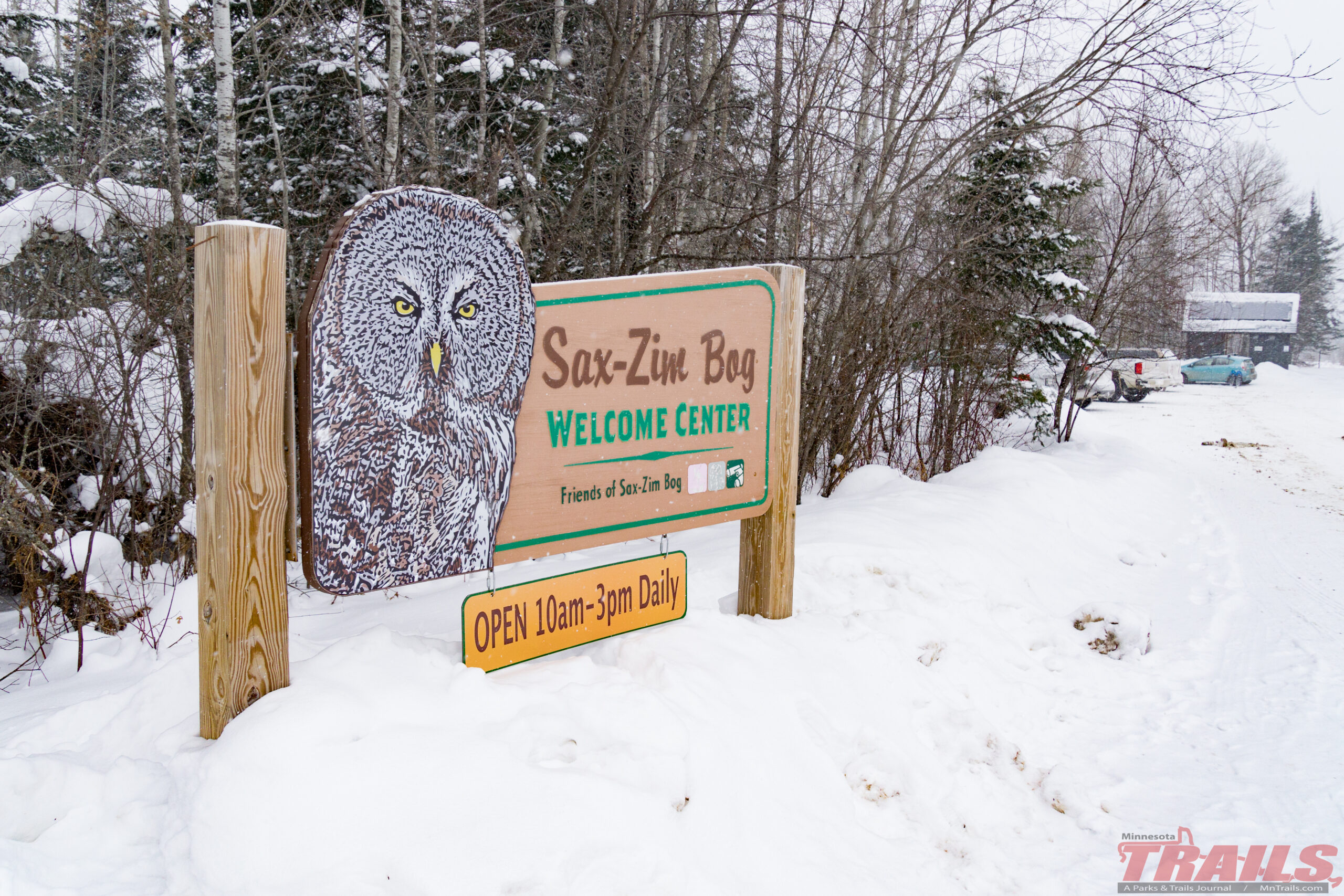
Where to Go: Minnesota’s Best Beginning Birding Locations
Minnesota has perfect spots for birders at every skill level. Start with these proven locations:
Your local park likely contains dozens of bird species. Spend time learning the common birds there—American Robins, Black-capped Chickadees, and Northern Cardinals become like familiar friends. Understanding these common species builds the foundation for identifying rarer birds later.
Once you’re comfortable with basic identification, explore Minnesota’s nature centers. Many feature guided bird walks perfect for beginners. The Sax-Zim Bog Welcome Center specifically focuses on new birders, with staff ready to help you spot your first Great Gray Owl or Northern Hawk Owl.
Learning Bird Identification: A Step-by-Step Approach
Identifying birds may seem overwhelming at first, but breaking it down into steps makes it manageable. Start by learning to notice four key features: size, shape, color pattern, and behavior. Think of a Black-capped Chickadee—it’s small, rounded, has a distinctive black cap and white cheeks, and often hangs upside down on branches. Learning these characteristic features of common birds builds your identification skills naturally.
The best way to learn is by watching birds regularly.
Spend time observing how they move, what they eat, and how they interact with other birds. Take notes in a small notebook or on your phone. These observations help cement your learning and create a record of your progress.
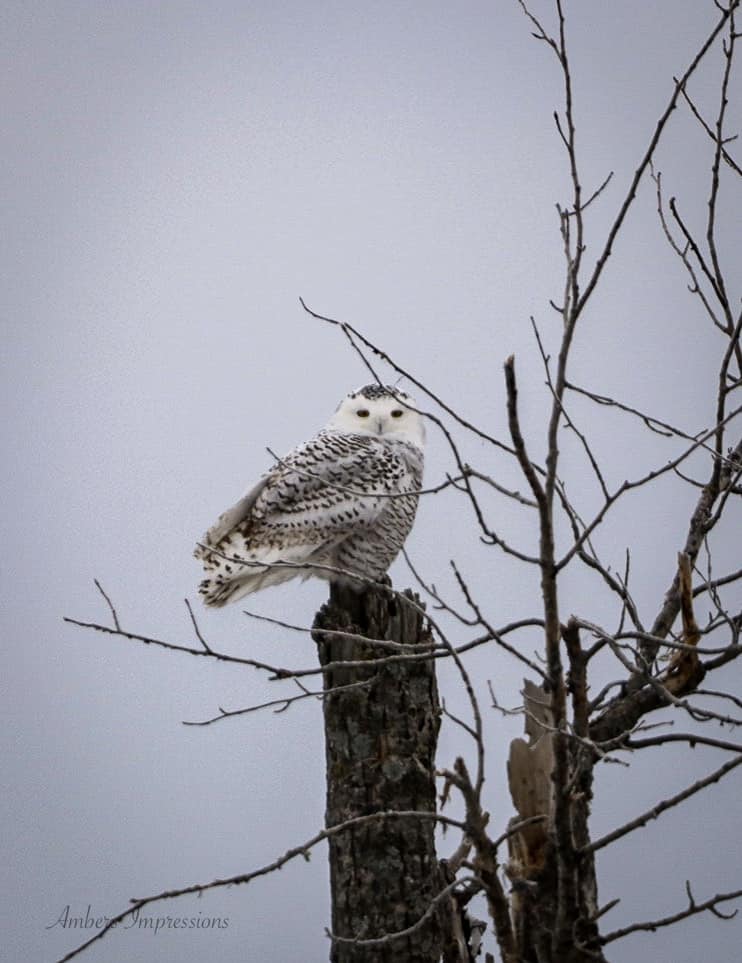
Photo by Amber Nichols
Connecting with Minnesota’s Birding Community
Minnesota includes a vibrant community of birders eager to help beginners. The Minnesota Ornithologists’ Union maintains an active Facebook group where you can ask questions and learn about recent sightings.
For Iron Range birding specifically, the Friends of Sax-Zim Bog coordinate regular events for birders of all levels. Their winter festivals create perfect opportunities to learn from experienced guides while searching for northern specialties like Boreal Chickadees and Great Gray Owls.
Seasonal Considerations for Minnesota Birders
Minnesota’s diverse seasons create unique birding possibilities year-round. Spring migration (March through May) brings waves of returning warblers and other songbirds. Summer lets you observe nesting behavior. Fall migration peaks in September and October, while winter brings chances to see northern owls and finches in the Iron Range.
Each season requires different preparation. Summer birding means early mornings and insect protection. Winter birding, especially in the Iron Range, requires careful planning and proper cold-weather gear.
Taking Your Next Steps
Remember—every expert birder started as a beginner. Focus on enjoying the learning process rather than rushing to identify every bird you see. Spend time watching common birds at your feeder. Visit local parks regularly. Join a guided walk at Sax-Zim Bog. Each experience builds your skills and confidence.
The key is to begin simply, learn gradually, and remember that every bird sighting—common or rare—is special. Welcome to the wonderful world of Minnesota birding.
